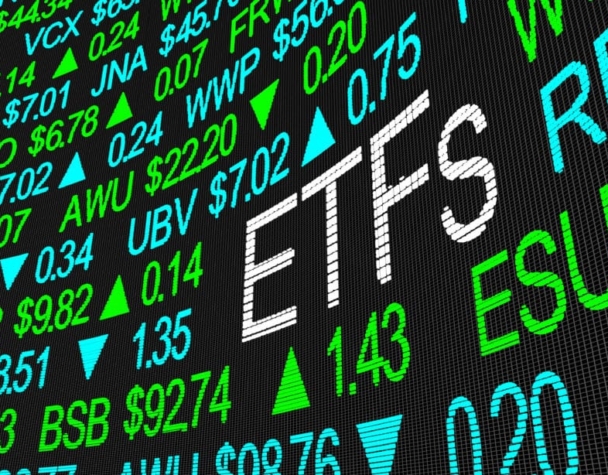
How Market Volatility and New Tariffs Are Reshaping the ETF Landscape
Fri, April 04, 2025Tariff Shocks Rock Global Equity ETFs
The global ETF market is being rattled by a wave of political turbulence, most notably new U.S. trade tariffs. On April 2, 2025, President Donald Trump announced sweeping “reciprocal tariffs” targeting countries with large trade surpluses with the U.S. These include a 34% tariff on Chinese goods, 46% on Vietnamese imports, and 20% on European Union exports.
The market reaction was immediate and harsh. The Dow Jones Industrial Average dropped by 1,475 points (3.5%), while the S&P 500 and Nasdaq Composite fell 4% and 5.1%, respectively. Unsurprisingly, ETFs with international exposure were among the hardest hit. The VanEck Vietnam ETF (VNM) plunged over 10%, while the iShares MSCI China ETF (MCHI) and KraneShares CSI China Internet ETF (KWEB) were down 1.2% and 1.4%, respectively.
This geopolitical turbulence has put investors on edge and highlighted how susceptible ETFs are to sudden policy shifts. You can read more about how Trump’s tariffs are impacting global markets on MarketWatch.
Inflows Hit Records While New ETF Products Emerge
Despite the turbulence, ETF inflows remain surprisingly strong. U.S. ETFs attracted a record-breaking $296 billion in the first quarter of 2025. Roughly half of this capital flowed into low-cost index strategies, while active ETFs captured an impressive 40%—showing growing appetite for manager-driven products in a volatile environment.
Bond-focused ETFs are also booming. Active fixed-income ETFs are on track to attract over $500 billion by year-end, offering investors flexibility and yield in a shifting interest rate landscape.
Meanwhile, innovation in the ETF space is expanding access to previously niche markets. The newly launched Brookmont Catastrophic Bond ETF (ILS) brings catastrophe bonds—a type of high-yield investment that funds insurance payouts for natural disasters—to retail investors. These bonds offer high returns but come with a significant risk: the possibility of losing principal if a qualifying disaster occurs. For investors seeking uncorrelated assets in uncertain times, this product could be a compelling (albeit risky) bet. Business Insider has more on this high-risk, high-reward ETF.
Looking Ahead: Will the Retail Investor Hold the Line?
A major force behind the continued ETF inflows is the retail investor. While institutions have been pulling back, individual investors are still “buying the dip”—to the tune of $50 billion monthly into equity ETFs and $30 billion into mutual funds.
However, some analysts caution that if retail sentiment turns negative—especially in the face of prolonged volatility or further geopolitical shocks—it could trigger a broader sell-off across ETF markets. With so much capital tied to retail behavior, the resilience of this trend will be closely watched through the remainder of 2025.
Want to explore ETF trends in real time? Check out the ETF Database for up-to-date performance and thematic fund screening.

